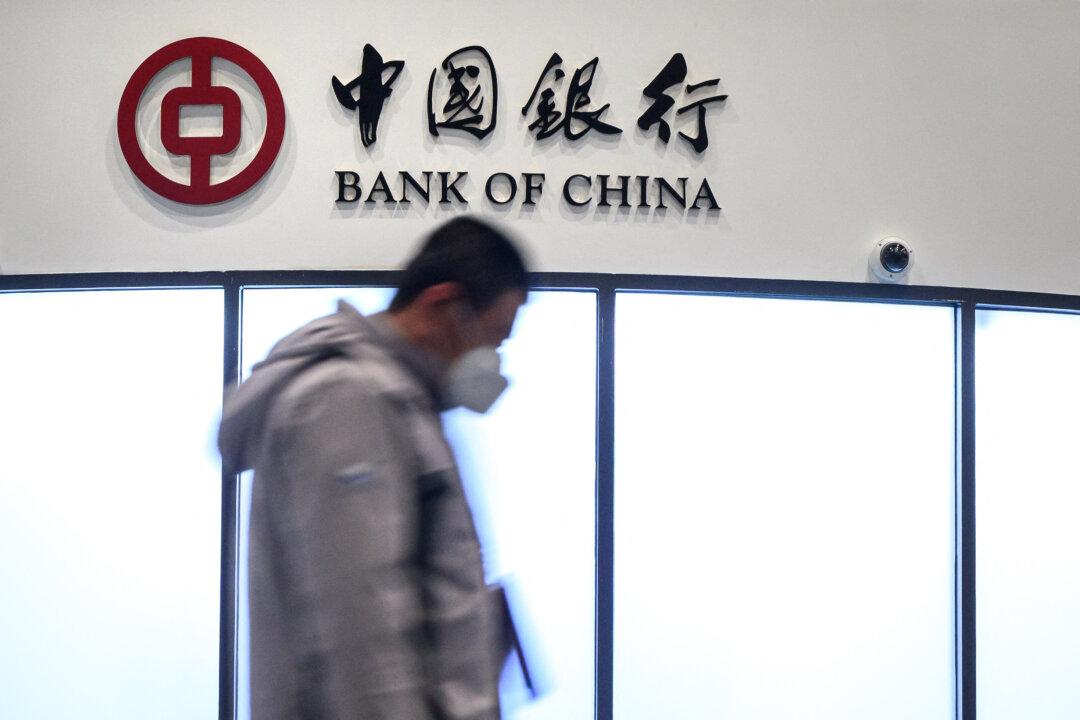News Analysis
The “Big Five” Chinese banks are setting up subsidiaries to buy and manage debt-to-equity swaps, realizing a directive from Beijing earlier this year aimed at resolving a burgeoning debt problem at state-owned enterprises.
The Agricultural Bank of China—the nation’s third largest by assets—said in a filing with the Shanghai Stock Exchange last week that it would set up an asset management company (AMC) arm to undertake debt-to-equity swaps. In fact, all five Chinese banking giants plan to set up asset management companies to facilitate such swaps, insiders told mainland financial media Caixin.
China’s debt-to-equity swap program allows banks that hold debt in state-owned enterprises (SOEs) to convert such debt to equity in the company. In theory, it brings a host of benefits to both the banks and the debtors.
For banks, their balance sheets are cleared of such debt, which should free up capital from having to reserve against non-performing loans (NPLs), and their NPL ratio—a key metric measuring the viability of a bank’s loan portfolio—should also decline. For SOEs, they enjoy lower debt burden, which could free up cash flows and delay further restructuring or bankruptcy.
But in practice, the plan seems little more than another creative way to pass risk from soured loans from state-owned banks onto pensioners and investors.
The debt-to-equity swap program has long been expected as a way for Beijing to lessen China’s overall debt burden, but the exact form it will take has been nebulous until now. The State Council (China’s Cabinet) issued official guidance in early October, and banks were called to Beijing to be briefed on details.
New Wave of AMCs
This is China’s second round of setting up AMCs, also known as “bad banks.”
In 1999, Beijing set up four state-owned AMCs—one for each of its big banks at the time—to buy SOE non-performing loans from the bank balance sheets. The AMCs were China Orient Asset Management, Great Wall Asset Management, China Cinda Asset Management, and China Huarong Asset Management.
The AMCs bought loans from banks, freeing up capital for banks to extend more loans to SOEs. They were given ten-year loans to finance the asset purchases and were supposed to go away after winding down the NPLs in ten years. But today, the AMCs not only are still around, they’re getting larger and seeking initial public offerings of stock.
Today, Beijing’s new wave of AMCs will not hold NPLs directly, but manage the equity converted from the debt. Each new AMC will be capitalized with 10 billion yuan ($1.5 billion) to start, and will purchase the NPLs from banks, work with SOEs to restructure the debt into equity, and managing them before disposing of them with regulatory approval.






